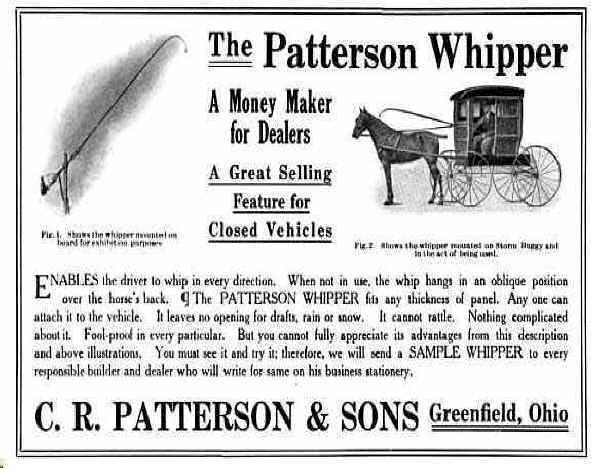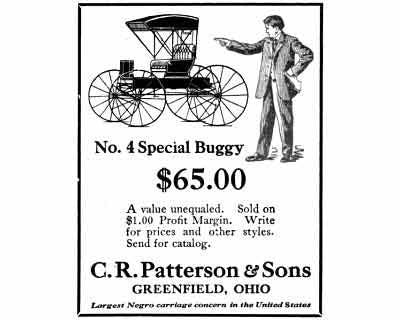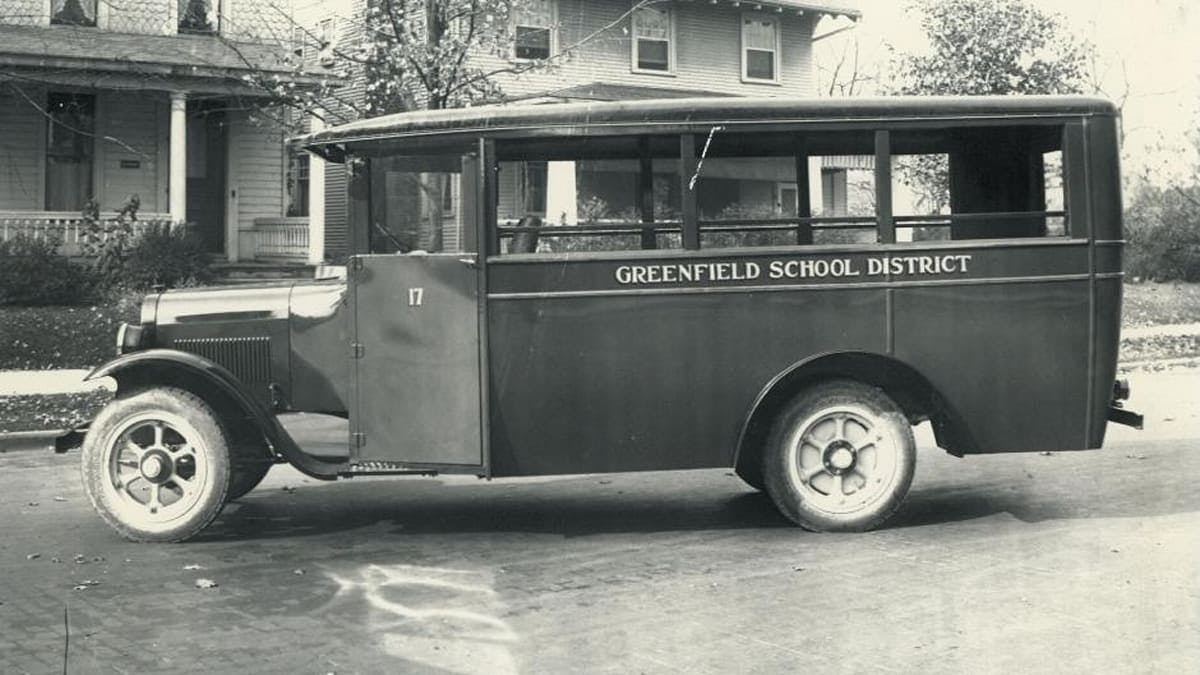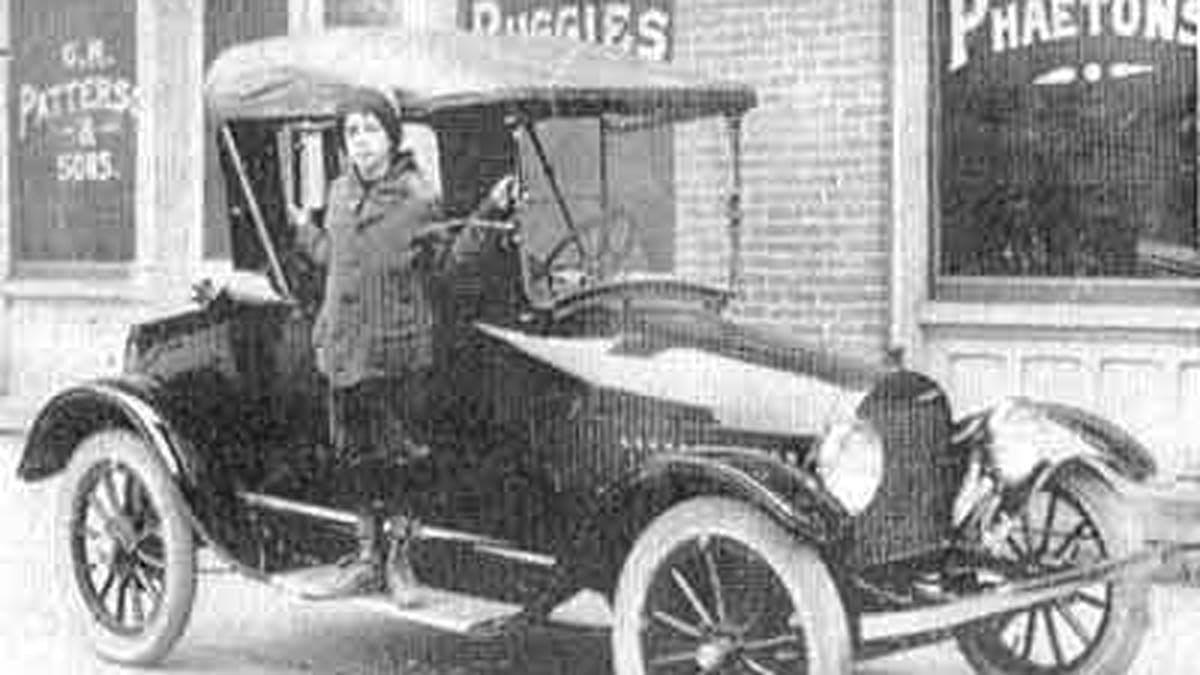C.R. Patterson, sons, and grandsons: Black pioneer car builders
Charles Richard Patterson, born a slave on a Virginia plantation in 1833, became patriarch of the first and last automobile manufacturing enterprise organized by Black Americans.
At age eight, Patterson escaped bondage in Virginia with his parents and a dozen siblings and traveled via the underground railroad to Greenfield, Ohio, a small town between Cincinnati and Columbus. Lacking much formal schooling, Patterson worked to become a skilled blacksmith with a local carriage and coachmaker. Before he left that job for greener pastures, Patterson oversaw the efforts of several white workers.
In 1873, Patterson joined another Greenfield carriage builder founded by James Lowe. Twenty years later, he bought out his employer, renaming the company C.R. Patterson and Sons. Soon his enterprise had a staff of 10–15 employees that manufactured 28 distinct body styles ranging from $120–$150 each.
Racism and discrimination at first prevented Patterson’s son Frederick from access to Greenfield’s only school, but thanks to a favorable 1887 legal judgment, he did ultimately attend and graduate from high school before enrolling at Ohio State University in 1889. There, Frederick became the first Black varsity football player and president of the class of 1893. His two sons also studied at Ohio State.
Upon the death of his brother Samuel in 1899, Frederick returned home to work at his family’s carriage business. Production swelled to some 500 horse-drawn buckboards, buggies, phaetons, surreys, and doctors’ jitneys per annum.
Of course, coachbuilders eventually shifted their attention to newfangled horseless carriages. Without abandoning their existing trade, C.R. and Frederick founded the Patterson-Greenfield Automobile Company and commenced repairing cars. Unfortunately, C.R. died in 1910 before any serious effort could be devoted to manufacturing automobiles.

In 1915, Patterson-Greenfield finally introduced a touring car and a roadster for sale. Advanced features included a 30-horsepower Continental four-cylinder engine, electric starting and lighting, a windshield split for ventilation, cantilever springs, and a full floating rear axle. At a time when the less-sophisticated Ford Model T roadster started at $390, the Patterson-Greenfield autos ranged from $685–$850.
Competing against dozens of budding automakers, Frederick Patterson and his sons built and sold only 30 or so cars, none of which survive intact today, before reverting to the repair business. In the early 1920s, under the Greenfield Bus Body company name, they began manufacturing truck and bus bodies to be used atop chassis built by Ford, GM, and others.
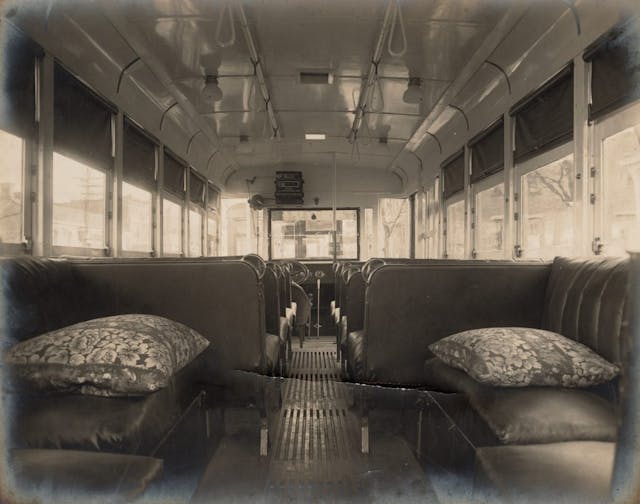
Frederick Patterson died in 1932. Six years later, his sons Frederick Jr. and Postell again restructured the business, moving what became the Gallia Body Company to Gallipolis in the southeastern corner of Ohio. With the Great Depression still raging, investment funds in 1939 were impossible to find and the Pattersons were forced to shutter their company for good.
Except for records compiled by the Greenfield (Ohio) Historical Society, the Smithsonian, and the Historic Vehicle Association, the Pattersons’ efforts remain largely unknown. Their achievements were modest but quite significant when you consider the family’s enslaved origins and all they were up against.

